Ah! The Italian family! This quintessential symbol of Italianità, the very root of our own society, a harbor of peace for most, has changed a lot in recent years.
Once upon a time, grandparents, parents, and their children formed families. It was customary to live all under the same roof, and it wasn’t unusual to have other relatives, like uncles and cousins, living in the same house or very close by. Families operated as the most fundamental social structure, functioning as a micro-social system where individuals could find solutions to everything within them.
Things today are different. Perhaps, nuclear families (the ones described above) are no longer as common as they used to be, but extended families became a new norm. The rise of separations and divorces in the country meant that many children now have step-siblings and step-parents and the right for rainbow families to become parents created new units with two moms or two dads.
But in spite of the changes in the family structure, parents remain parents, and that’s why days to celebrate them are still so popular all over the world.

The “Festa del papà” in Italy
A famous Italian song, Viva la mamma, (hooray for moms) is dedicated to the mamma, a popular figure in literature, art, and Italian lore. Well, mothers do play a key role in everyone’s life and we Italians are known for being particularly attached to them: in the end, they don’t call us mammoni (mama’s boys) for nothing.
But we love our dads, too, of course. And while you should tell your father (and your mom!) you love them every day, there is no better occasion than Father’s Day to do it.
People all over the world celebrate this day, but the dates vary according to the country, even though the purpose of commemorating the importance of fathers is common in every place. Unlike the USA, which celebrates Father’s Day in June, Italians do it on March, 19th. Auguri papà, we say.
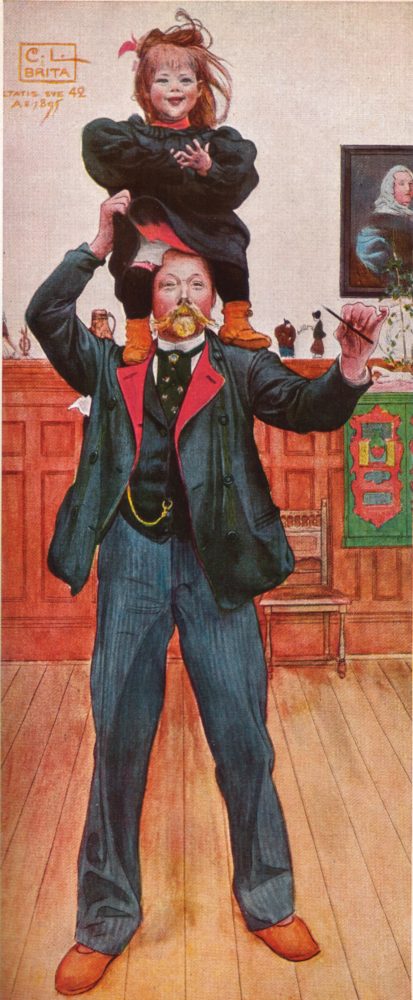
How Italians celebrate Father’s Day
Catholicism deeply roots Italy’s heritage. So, a lot of feasts and festivals recall a religious event and this is also the case for the celebration of Italian dads Father’s Day is celebrated on the 19th of March which is Saint Joseph’s day, the day dedicated to the earthly father of Jesus Christ.
In Catholic tradition, Saint Joseph embodies the ideal father, pious, strong, and able to fulfill his assigned role within the family. He is also the protector of woodworkers, paupers, and orphans.
Saint Joseph is, so to speak, the ultimate dad, and so his day became representative of all the fathers in Italy. On this day, children like to make and write special Festa del Papà’s cards, often filled with poems and rhymes. Schools usually foster these activities, making of their preparation an important part of the day.
If the day falls on a weekend, it is customary to for lunch with the family or maybe for a day out in the countryside, if mid-March weather allows it.
As it is also Saint Joseph day, people take it as an occasion to celebrate the Saint’s name, too. This happens mostly in the South, where the tradition to feed the poor in honor of Saint Joseph remains alive in more than a village.

P like dad.
To my dad. Look, see? That’s my adorably kind father. He makes some mistakes but is a master of football. I’m his brat, he’s the strongest and he looks the greatest. I feel regal when he plays with me. He smiles at me and pays attention to me. No one ever divides us.
(This is the translated version of a young girl’s lovely letter to celebrate Father’s Day in Italy)
Traditional food cooked on Father’s Day in Italy
A substantial and tasty lunch is what we will always see on Italian tables when it comes to celebrating some special occasions. Father’s Day is certainly one of those days, when people cook some famous recipes to celebrate the festivity. The most popular products belonging to the Italian food tradition celebrating this special occasion turn around cakes and biscuits rather than salty food.
The bigné di San Giuseppe is the most famous culinary symbol of this day. It is a sweet pastry filled with cream, custard, or jam, and it’s similar to a cream puff. Almost every region eats it.
In the South, you’ll find the zeppole di San Giuseppe, which are similar to the bigné, but larger, filled with custard, and topped with black cherries.
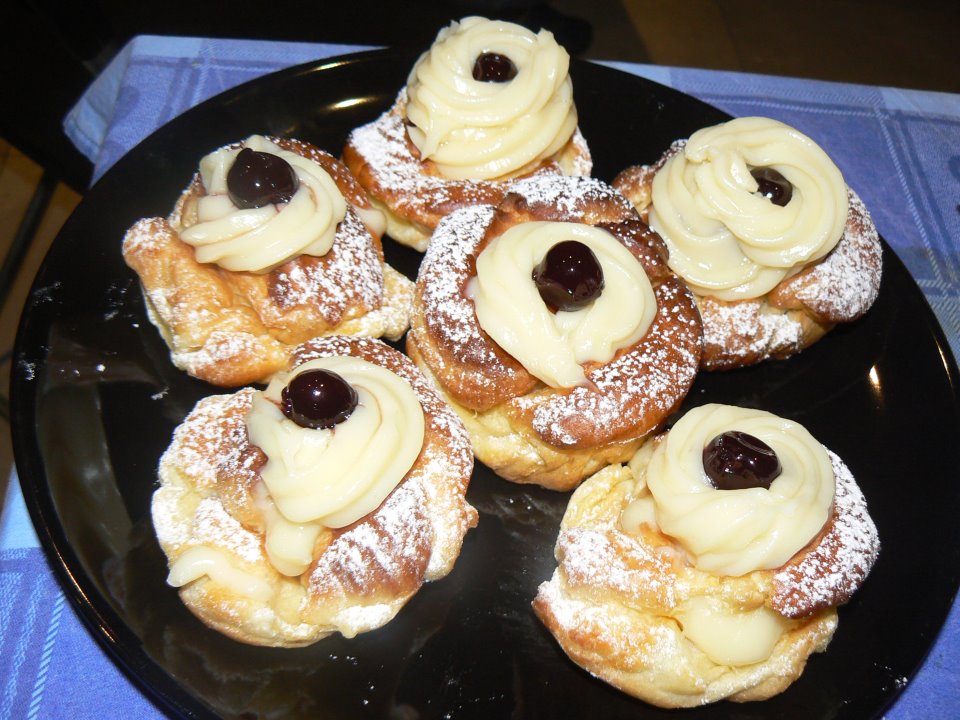
Popular are also the sfinci di San Giuseppe, deep-fried pastries filled with ricotta cheese.
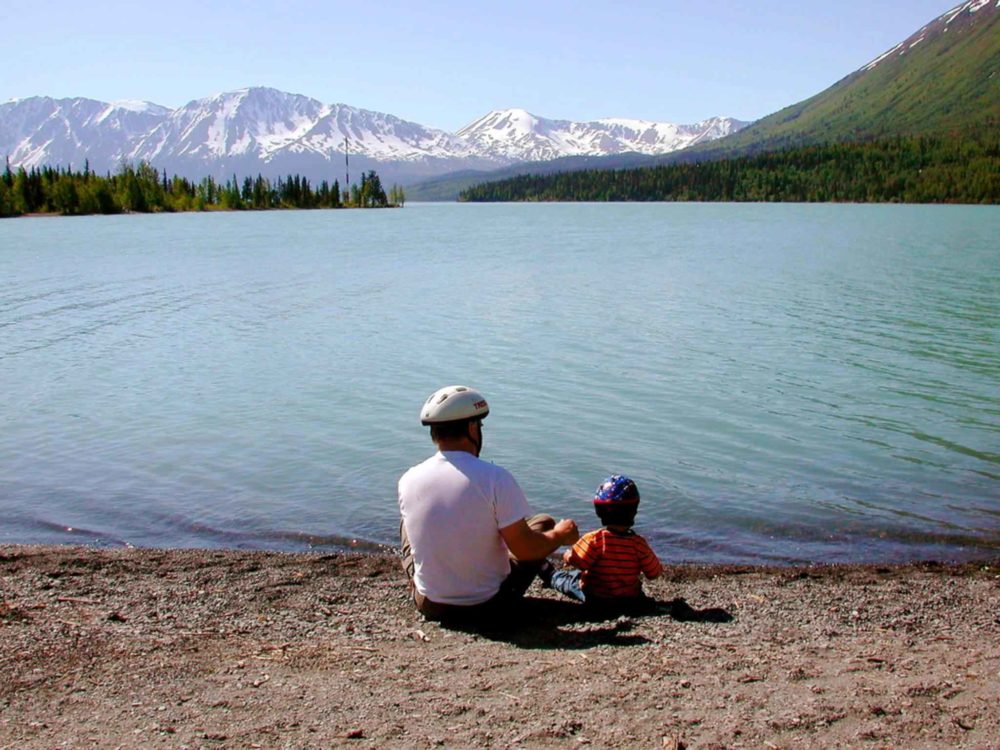
Edited by Francesco Paladini




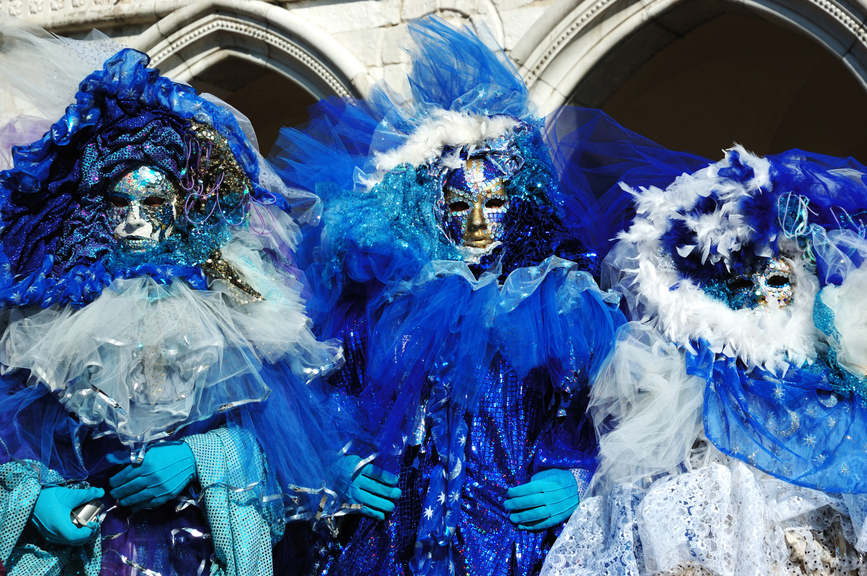
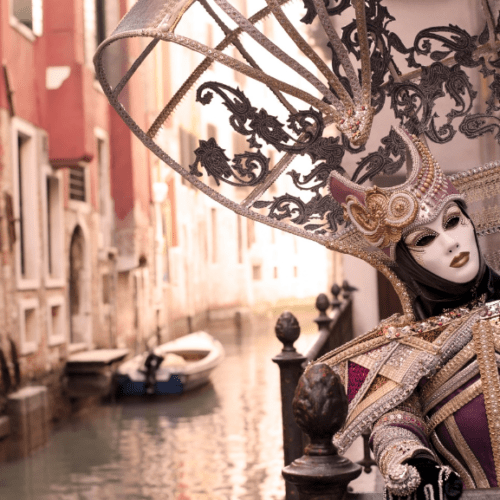
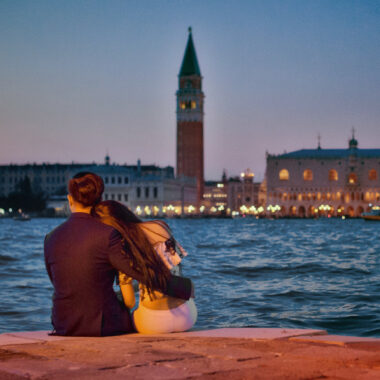
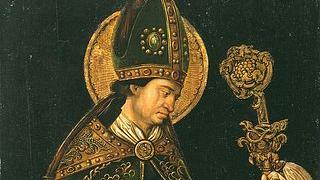


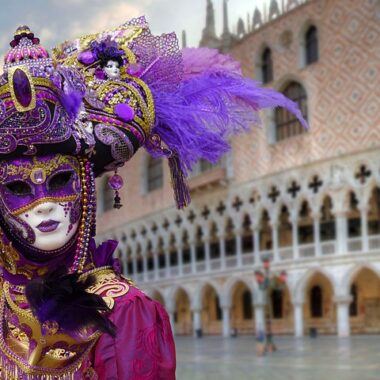
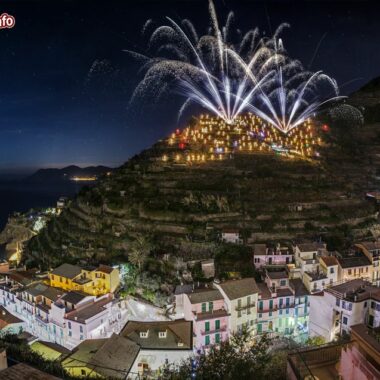

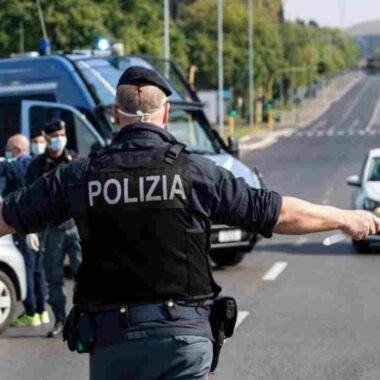


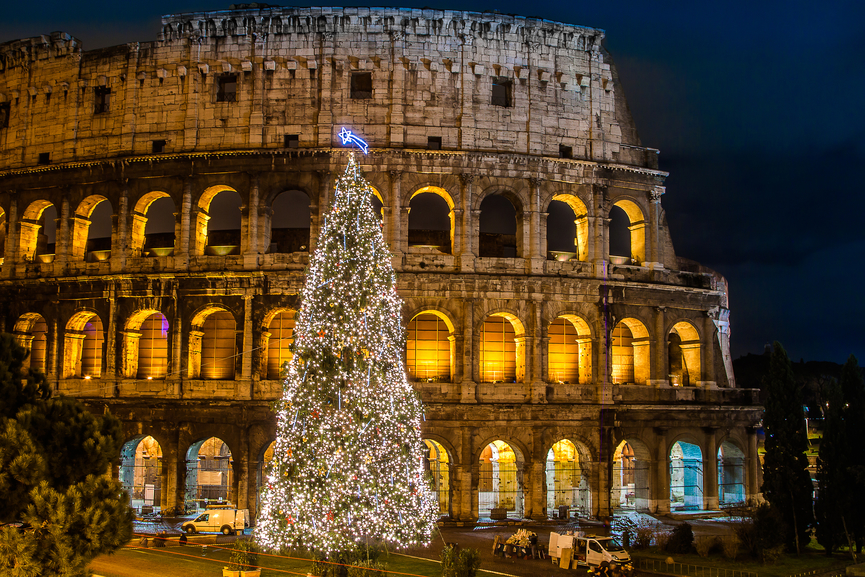
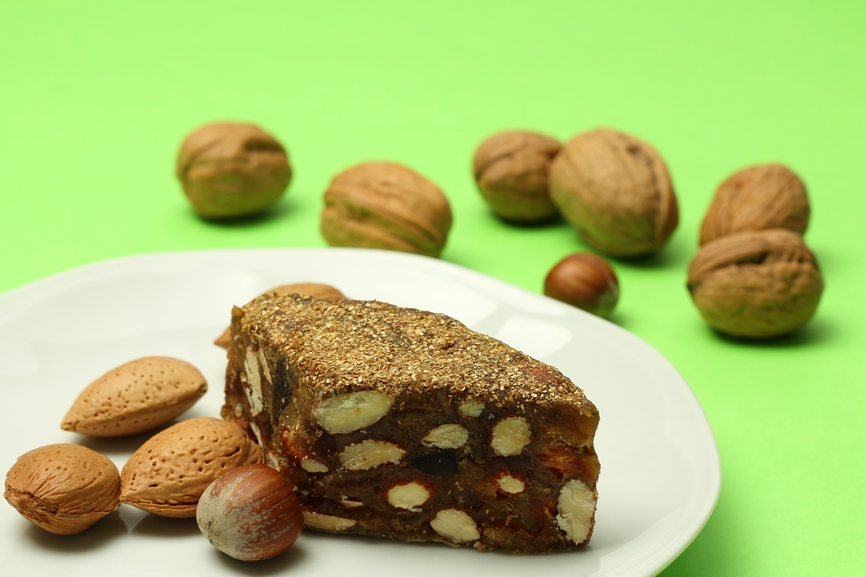
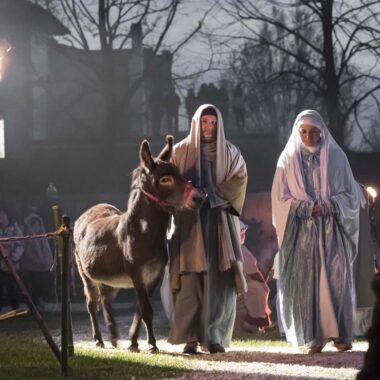
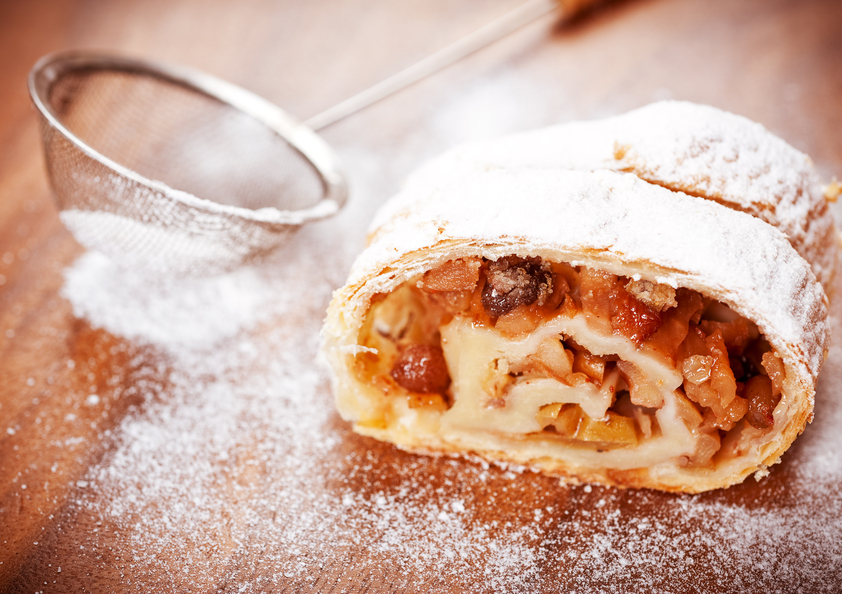

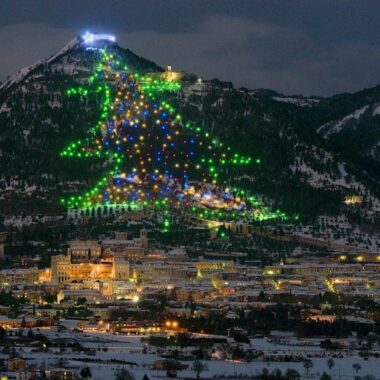
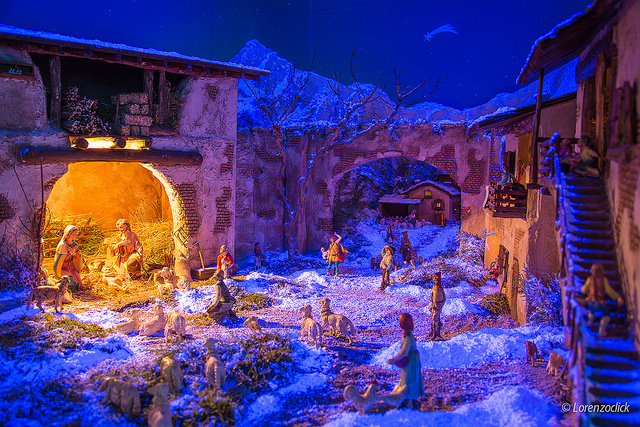

Note Fathers Day in Italy is March 19 while it is June 21st in the US
Odd choice in the painting your captioned “Father’s Day in Italy” as it is by Swedish artist Carl Larsson and is of himself and his daughter in their house in Sweden. It doesn’t have anything remotely to do with Italy.